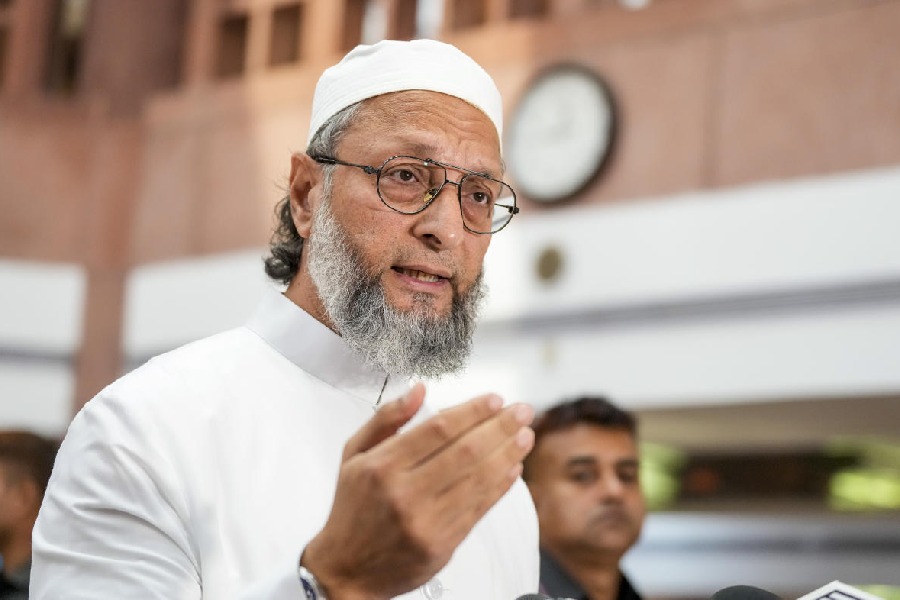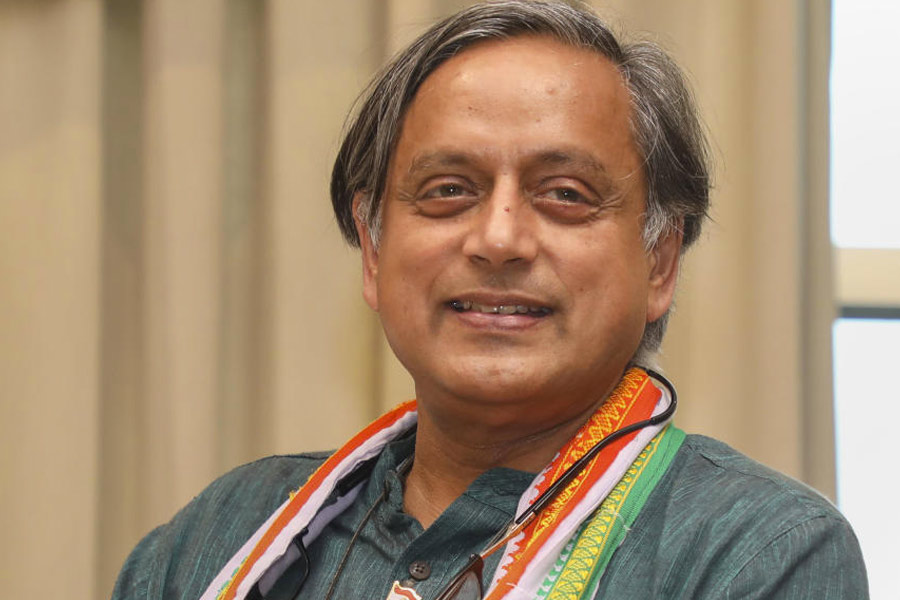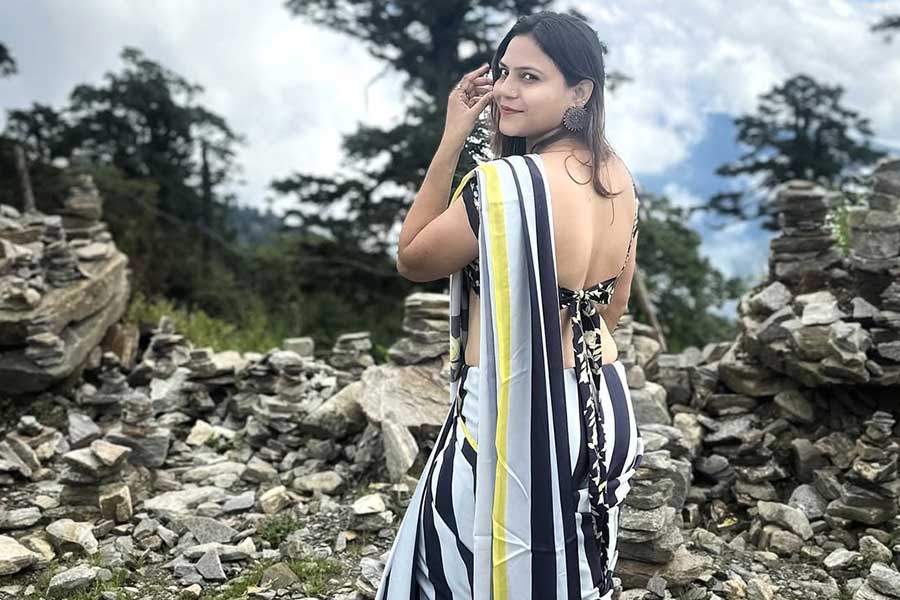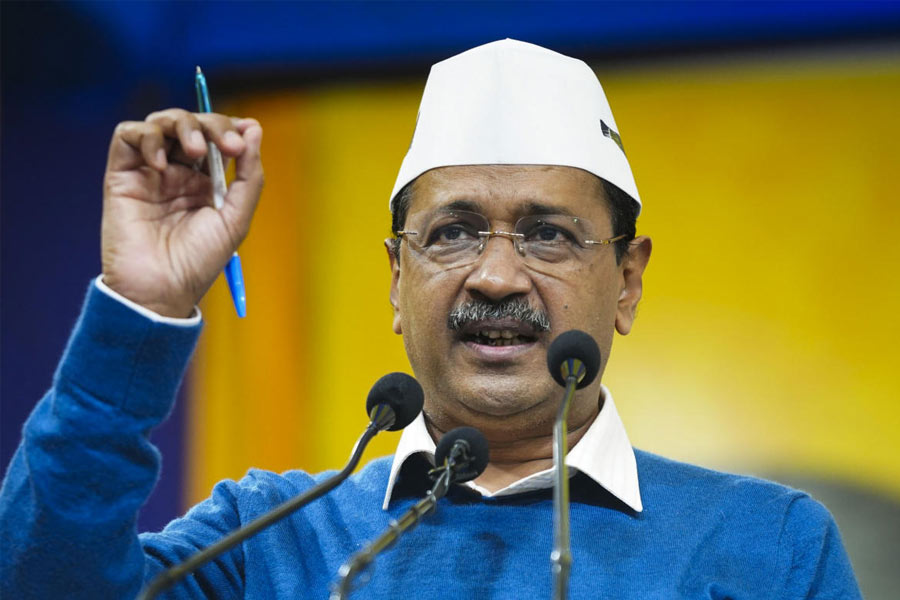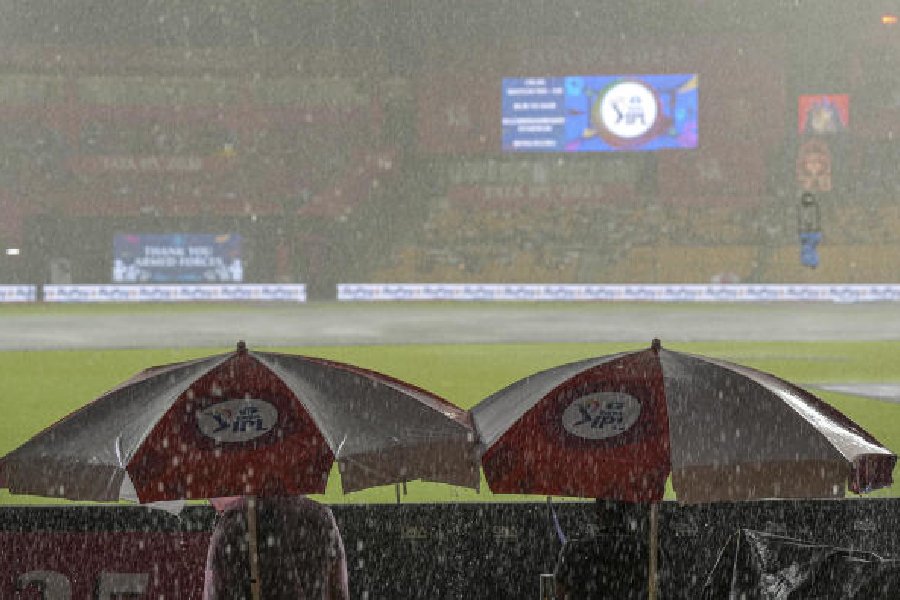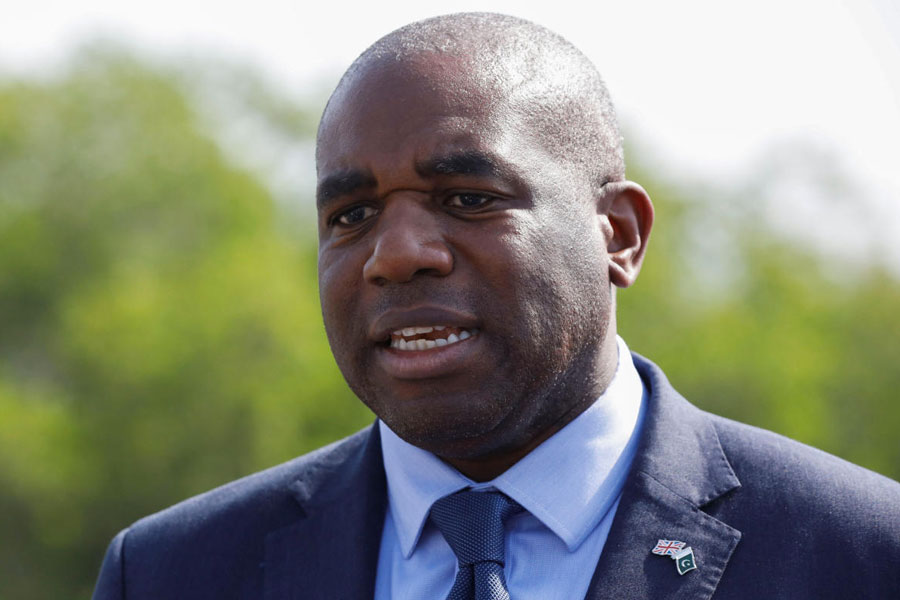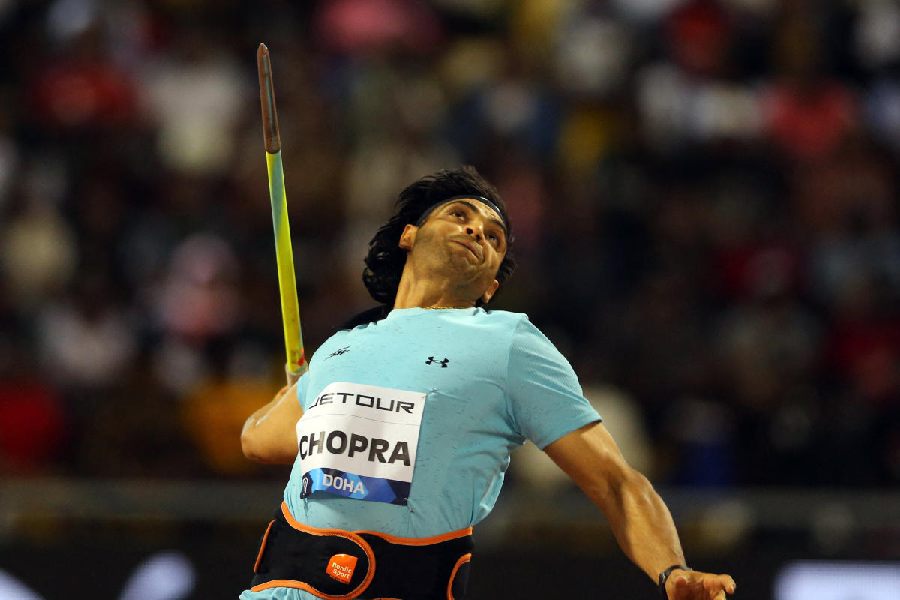 |
| Devotees pray to the Sun God in Delhi. Telegraph picture |
When the Mishra family moved to Eastern Apartments in Mayur Vihar in the national capital 20 years ago, no hawker in the nearby markets understood what soop — a tray made of bamboo on which offerings are made to the Sun God — was.
Now R.N. Mishra, a relationship manager with a multinational firm, his wife and children hardly feel that Chhath at their native village in Darbhanga district would be any different from how they celebrate it in New Delhi.
Lakhs of families belonging to Bihar and eastern Uttar Pradesh celebrate the three-day festival — an intrinsic part of Bihari culture and identity — at makeshift tanks on rooftops, artificial ponds and the banks of the Yamuna. Madhuri Srivastava, who has been living in Delhi for the past 12 years, says she earlier missed her hometown Chhapra during Chhath. But not anymore.
“We are in Delhi for long. Our children study here and our close relatives like my in-laws stay here with us. We do have some relatives in Patna, but we do not feel the need to go there for Chhath. All the arrangements can be made here easily and we perform Chhath with all the rituals,” she says.
Madhuri’s neighbour, Sujata, also does not find any hassle in celebrating Chhath in New Delhi. “We have built a concrete tank on the roof of our house. Some of our neighbours who are from Bihar join us during the festival. It feels almost like the good old days in Patna, where it was a community affair,” says Sujata.
While thousands of Biharis return to their native place from all across the country during the three-day festival — the biggest of the state — there are many like Sujata who have created a world of their own in New Delhi and the national capital region. Chhath has been accommodated in the land of their dreams and aspiration.
Thanks to the politics around Chhath, the regional festival gets wide patronage and attention in an almost “alien” land.
Naseeb Singh, the Congress MLA from Vishwas Nagar in east Delhi (the hub of Purvanchalis), was candid in admitting it.
“I myself take interest in making all the arrangements for Chhath as the majority of the people in my constituency are Biharis or are from eastern Uttar Pradesh. The dynamics of the festival in Delhi have changed in the past few years and the politicians have realised that Purvanchalis constitute 30-35 per cent of the total voters and their cultural sentiments and rituals should be taken care of,” says Singh, who belongs to the Gujjar community of Delhi.
Several others said the Congress, more than the BJP, realised the significance of politics around Chhath and cashed in on it. The initiative was first taken by Mahabal Mishra in 1998 when he was first elected an MLA from the Nasirpur Assembly constituency. Later, the Sheila Dikshit-led Delhi government started making arrangements for Chhath along the Yamuna banks.
Like last year, Municipal Corporation of Delhi would spend Rs 50 lakh to clean the ghats and make security arrangements during the festival this year.


